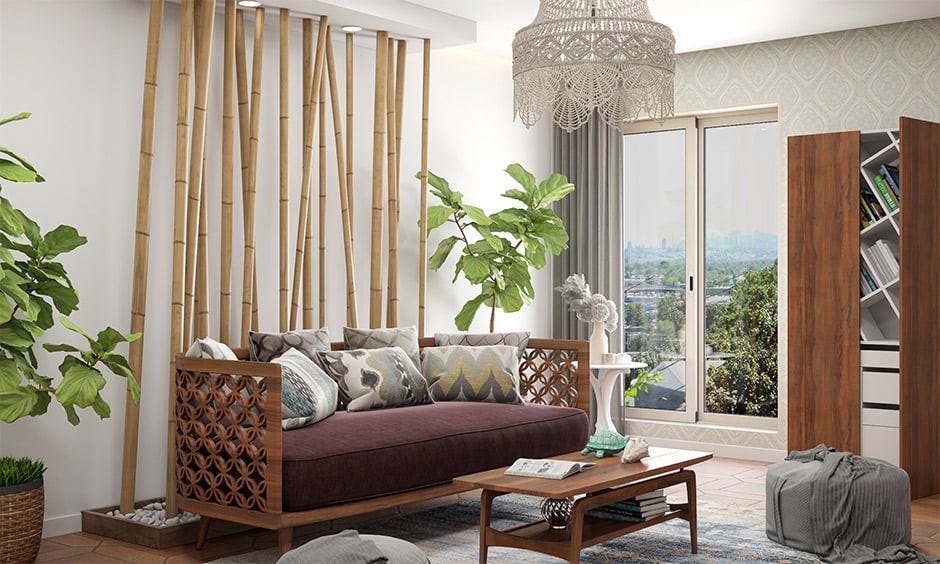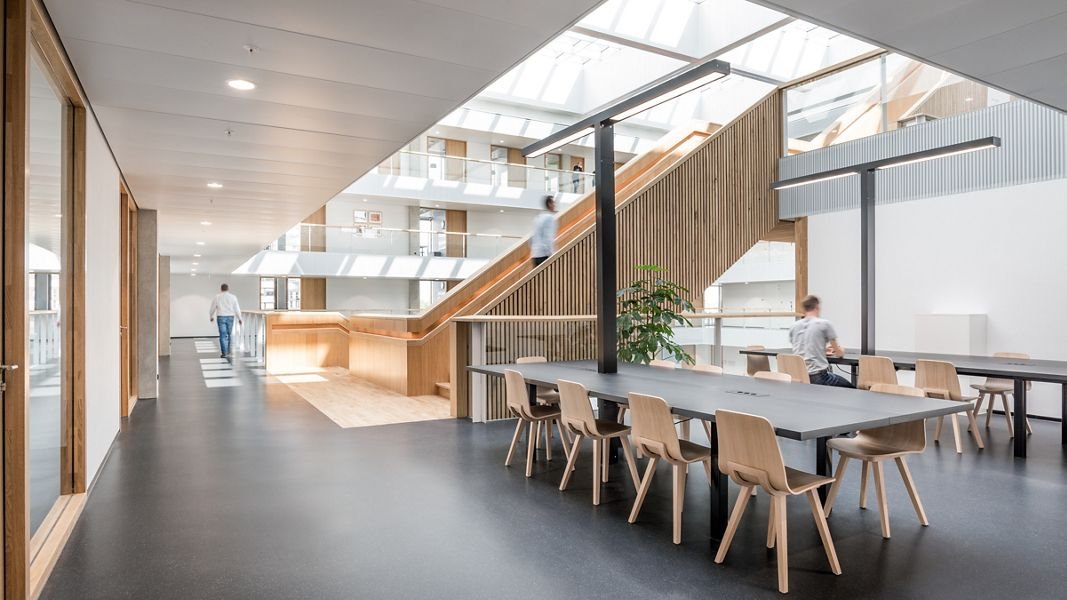LEED Construction: Pioneering Sustainable Building Practices
5 min read
LEED construction Sustainable building practices have become more than a trend; they are now a crucial aspect of modern construction. One of the leading frameworks driving this transformation is LEED construction. LEED, which stands for Leadership in Energy and Environmental Design, is a globally recognized certification system developed by the U.S. Green Building Council (USGBC). It provides a comprehensive framework for constructing and maintaining green buildings, from residential homes to corporate offices and entire neighborhoods.

The Genesis of LEED
The concept of LEED construction emerged in the 1990s, responding to the growing awareness of environmental issues and the construction industry’s impact on the planet. The USGBC aimed to create a standard that not only promoted environmental responsibility but also improved the quality of life for building occupants. Since its inception, LEED has evolved to include a variety of rating systems tailored to different building types and project phases, from design and construction to operation and maintenance.
Key Principles of LEED Construction
LEED construction is grounded in several core principles that collectively aim to reduce the environmental footprint of buildings while enhancing the well-being of their occupants. These principles include:
- Sustainable Site Development: Choosing locations that minimize environmental disruption, promoting biodiversity, and providing easy access to public transportation to reduce reliance on automobiles.
- Water Efficiency: Implementing strategies to reduce water consumption through the use of low-flow fixtures, efficient irrigation systems, and wastewater treatment and reuse.
- Energy Efficiency: Emphasizing energy-efficient design, materials, and technologies. This includes using high-performance HVAC systems, renewable energy sources, and advanced building insulation.
- Materials and Resources: Prioritizing the use of sustainable materials, reducing waste through recycling and reuse, and encouraging the use of local resources to minimize transportation emissions.
- Indoor Environmental Quality: Ensuring healthy indoor environments by improving air quality, increasing natural light, and using non-toxic materials and finishes.
The LEED Certification Process
Achieving LEED construction certification involves a rigorous process that begins with registering the project with the USGBC. The project team must then document compliance with various LEED credits across different categories. These credits contribute to a building’s overall LEED score, determining its certification level: Certified, Silver, Gold, or Platinum. Each level reflects a higher commitment to sustainability and environmental stewardship.
Benefits of LEED Construction
The benefits of LEED construction extend beyond environmental sustainability. They encompass economic, health, and social advantages that make it a compelling choice for developers, businesses, and communities.
Economic Benefits
- Reduced Operating Costs: LEED-certified buildings often have lower energy and water bills due to their efficient design and systems. Over time, these savings can offset the initial costs of certification and construction.
- Increased Property Value: Buildings with LEED construction certification are generally more attractive to buyers and tenants who prioritize sustainability, leading to higher market values and rental rates.
- Access to Incentives: Many governments and municipalities offer incentives such as tax breaks, grants, and expedited permitting processes for LEED-certified projects, making it financially advantageous.
Health Benefits
- Improved Indoor Air Quality: By using low-VOC materials and advanced ventilation systems, LEED construction ensures that occupants breathe cleaner air, reducing the risk of respiratory problems and other health issues.
- Enhanced Natural Lighting: Incorporating more natural light not only reduces energy consumption but also boosts occupants’ mood, productivity, and overall well-being.
- Thermal Comfort: Advanced insulation and climate control systems in LEED construction help maintain comfortable indoor temperatures, contributing to a healthier living and working environment.
Social Benefits
- Community Engagement: LEED construction projects often involve the local community in planning and development, fostering a sense of ownership and pride.
- Educational Opportunities: These projects provide educational platforms for sustainable practices, helping to raise awareness and inspire future generations to prioritize environmental stewardship.
- Job Creation: The green building sector creates numerous jobs in design, construction, and maintenance, contributing to local economies.
Case Studies of LEED Construction
Several landmark projects exemplify the principles and benefits of LEED construction. Here are a few notable examples:
One Bryant Park, New York City
One Bryant Park, also known as the Bank of America Tower, is a prime example of LEED construction. This skyscraper is one of the greenest buildings in the world, achieving LEED Platinum certification. It features a state-of-the-art air filtration system, rainwater harvesting, and a cogeneration plant that produces on-site energy. The building’s design prioritizes energy efficiency, water conservation, and indoor environmental quality, setting a high standard for sustainable skyscrapers.
The Bullitt Center, Seattle
The Bullitt Center in Seattle is often referred to as the greenest commercial building in the world. Achieving LEED Platinum certification, this building showcases cutting-edge LEED construction practices. It operates on net-zero energy, thanks to its solar panel-covered roof and advanced energy-efficient systems. The building also captures and treats all its water needs on-site, embodying the principles of a self-sustaining structure.
The Crystal, London
The Crystal in London is a sustainable cities initiative by Siemens, designed to demonstrate innovative urban sustainability solutions. It holds both LEED Platinum and BREEAM Outstanding certifications. The building’s LEED construction elements include rainwater harvesting, solar power generation, and a comprehensive energy management system. The Crystal serves as a global hub for dialogue and learning about sustainable urban development.
The Future of LEED Construction
As the world faces increasing environmental challenges, the role of LEED construction in shaping a sustainable future becomes even more critical. Emerging trends and technologies are poised to enhance the efficacy and reach of LEED principles.
Integration of Smart Technologies
The integration of smart technologies, such as the Internet of Things (IoT) and artificial intelligence (AI), is set to revolutionize LEED construction. These technologies can optimize building operations by providing real-time data on energy usage, water consumption, and indoor air quality. Smart buildings can adapt to changing conditions, improving efficiency and occupant comfort.
Focus on Net-Zero Buildings
The push towards net-zero buildings, which produce as much energy as they consume, is gaining momentum. LEED construction will play a pivotal role in achieving this goal by promoting renewable energy sources, energy-efficient design, and innovative construction techniques. Net-zero buildings are a cornerstone of sustainable urban development, reducing the carbon footprint of cities.
Enhancing Resilience
Climate change is increasing the frequency and severity of extreme weather events. LEED construction is evolving to include resilience as a key component, ensuring that buildings can withstand and recover from such events. This includes designing structures that can endure floods, hurricanes, and heatwaves, protecting both the environment and human lives.
LEED construction
LEED construction represents a pioneering approach to building practices that prioritize sustainability, health, and economic efficiency. By adhering to the rigorous standards set by the USGBC, developers and builders can create structures that not only minimize environmental impact but also enhance the quality of life for occupants. The benefits of LEED construction are multifaceted, encompassing reduced operating costs, improved health outcomes, and positive social impacts.
As technology advances and the global focus on sustainability intensifies, LEED construction will continue to evolve, driving innovation and setting new benchmarks for green building practices. The commitment to sustainable construction is not just about meeting today’s needs but ensuring that future generations inherit a planet capable of supporting life in all its diversity. By embracing LEED construction, we take a significant step towards a more sustainable, resilient, and prosperous future for all.

